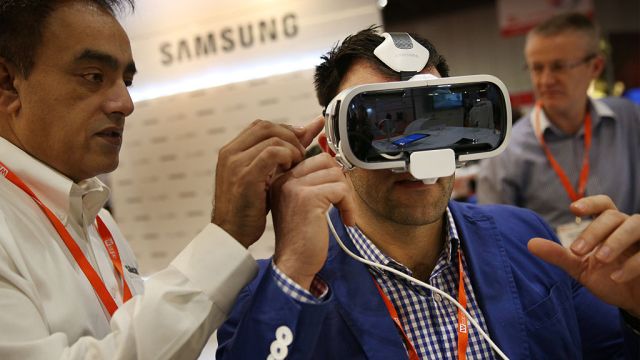Meet CRISPR’s Younger Brother, SHERLOCK

Image source: Mr Pics/Shutterstock
Along with Emmanuelle Charpentier and Jennifer Doudna, Feng Zhang is one of the inventors of CRISPR-cas9 — or “CRISPR” for short — the cut-and-paste method for editing evens that’s taken genetics by storm. In fact, after a bruising legal battle, Zhang and the Broad Institute for which he works own the patent for the use of CRISPR in eukaryotes, at least for now. (His adversary in court, Doudna and UC Berkeley filed to appeal the verdict just last week.) That’s a very sweet patent to own, since CRISPR become central to genetics research and therapies.
Now Zhang’s back with a new acronym likely to become familiar in coming years. It’s a diagnostic tool called the “Specific High Sensitivity Enzymatic Reporter Un LOCKing,” or “SHERLOCK.” And, yes, it is a sleuth of sorts, since it detects the presence nucleic acids belonging to disease-causing pathogens. He and 18 colleagues just published a paper in the journal Science announcing how they’ve found a new way to use CRISPR, as a diagnostic tool.
“In this diagnostic application we are really harnessing the power and diversity of biology” co-author Jim Collins told the Washington Post. “I view it as a potentially transformative diagnostic platform.”
Unlike CRISPR-cas9, which works with a cas protein called “Cas 9,” SHERLOCK works with a Cas relative discovered about a year ago, Cas 13a. It works with RNA, unlike Cas9, which targets DNA.
Zhang says that SHERLOCK will be an unusually mobile way of diagnosing disease due to its portability and low cost — he estimates it could cost as little as 61 cents per test. “We showed that this system is very stable, so you can really put it on a piece of paper and it will survive. You don’t have to refrigerate it all the time,” says Zhang. This would make it an ideal option in remote places lacking reliable electricity.
The Post asked professor of infectious diseases and preventive medicine at Vanderbilt William Schaffner, who was not involved in the research, for his reaction. ““My head is spinning a little bit because this looks very, very provocative. And exciting. If you had something that could be used as a screening test, very inexpensively and rapidly, that would be a huge advance, particularly if it could detect an array of infectious agents.”
Patents for SHERLOCK have already been applied for, and team is ready now to move the detective out of the lab to clinical settings and the world.
To infectious disease researcher Scott Weaver the University of Texas, “It looks like one significant step on the pathway which is the Holy Grail, which is developing point-of-care, or bedside detection, which doesn’t require expensive equipment or even reliable power.”





